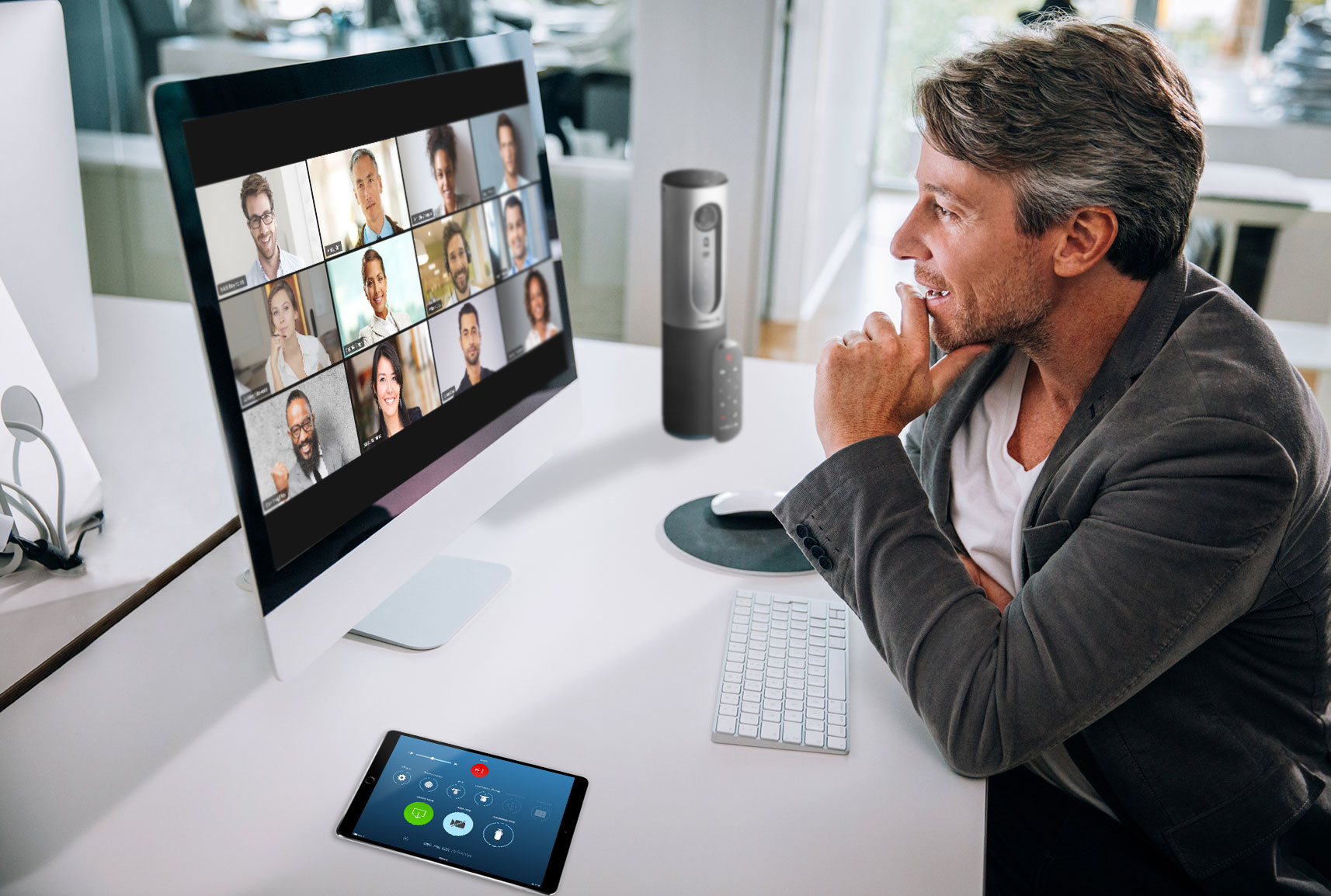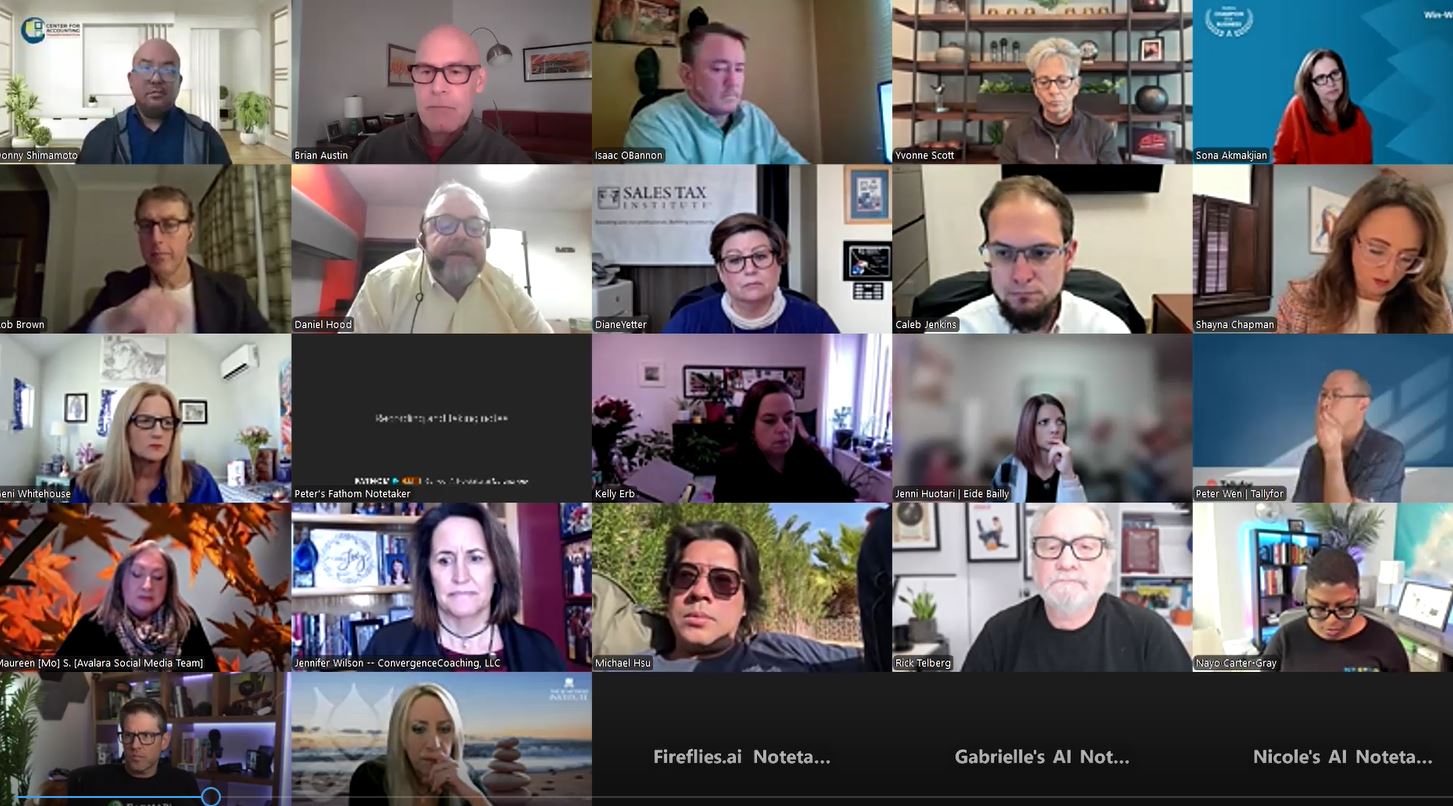WFH? Hybrid? Old Normal? What will your office look like going forward? McKinsey & Company surveyed 5,043 full time employees who work in government or corporate jobs during December, 2020, and January, 2021, asking about preferences for getting back to work. While the results might not seem startling to us now, since we’ve spent over a year in lock-down, just imagine if we had seen results like this a year and a half ago.
For people who have the option of working from home (or some other location of choice) 63% of U.S. survey participants indicated they would prefer to work from home three or more days per week. Worldwide the number is 53%. More than a quarter (27%) of U.S. participants said they will consider switching jobs if work returns to fully on-site. Pre-pandemic, working from home wasn’t even on the table as an option for improving the workplace.
A Gensler survey conducted in 2019 focused on workplace effectiveness and reported findings about co-working spaces, private spaces within the office environment, workplace amenities such as focus rooms, work cafes, breakrooms, lounges, tech-free zones. “A workplace that offers a great experience has become a key factor in the war for talent,” states the survey, as it discusses desires among workers for more diverse working areas within the office.
A 2019 Harvard study on workplace wellness found that employees want onsite gyms, meditation rooms, standing desks. Nowhere is there mention of the option of working from home.
Remember when we liked working with one another in the same location? What will your workspace look like in the year or years ahead? It seems the primary thing holding us back from going all-in on working-from-wherever-you-want (WFWYW) is technology. Zoom and Slack and Teams and other programs stepped up their games during the pandemic and allowed us all to at least communicate with co-workers and clients/customers. But what about really working together?
We need collaboration tools that will provide the same experience that we get when we walk around the corner to a colleague’s office and ask, “So, what do you think about this?” We want to park ourselves on the chair in a co-worker’s space and have an in-person brainstorming session. We want to grab an empty conference room at a moment’s notice and connect with one another while the ideas are fresh and flowing – not schedule a call three days from now and hope the internet connection is sufficient to last for the entire discussion.
And really, who isn’t weary of hearing, “You’re on mute” on every single group call? If we’re going to consider a future that includes WFWYW (I thought it was my own acronym, but the Twitterverse already beat me to it), we need state of the art communication tools. As a veteran WFHer, I look forward to the future choices our techno-gurus will provide.
Thanks for reading CPA Practice Advisor!
Subscribe Already registered? Log In
Need more information? Read the FAQs
Tags: Firm Management, Technology

![gavel1_11537663[1]](https://www.cpapracticeadvisor.com/wp-content/uploads/2020/03/gavel1_11537663_1_.5e6a69aa237a8.png)


